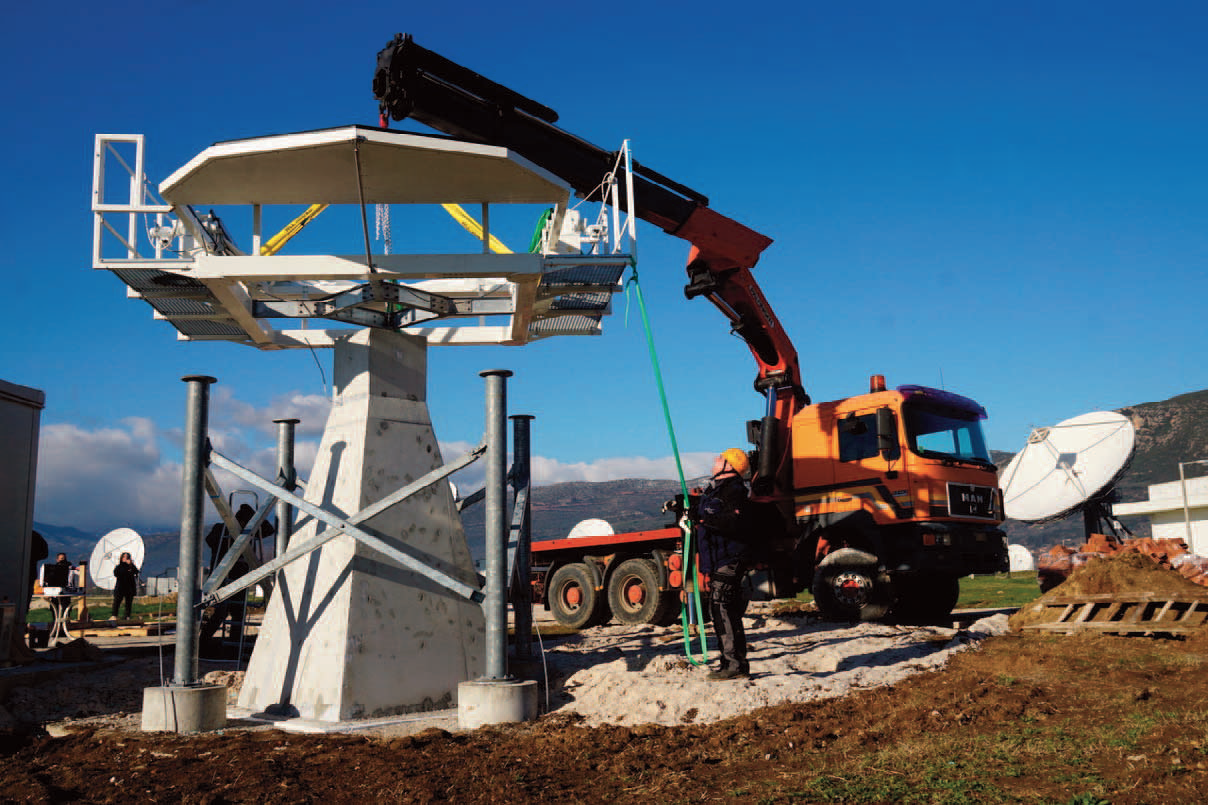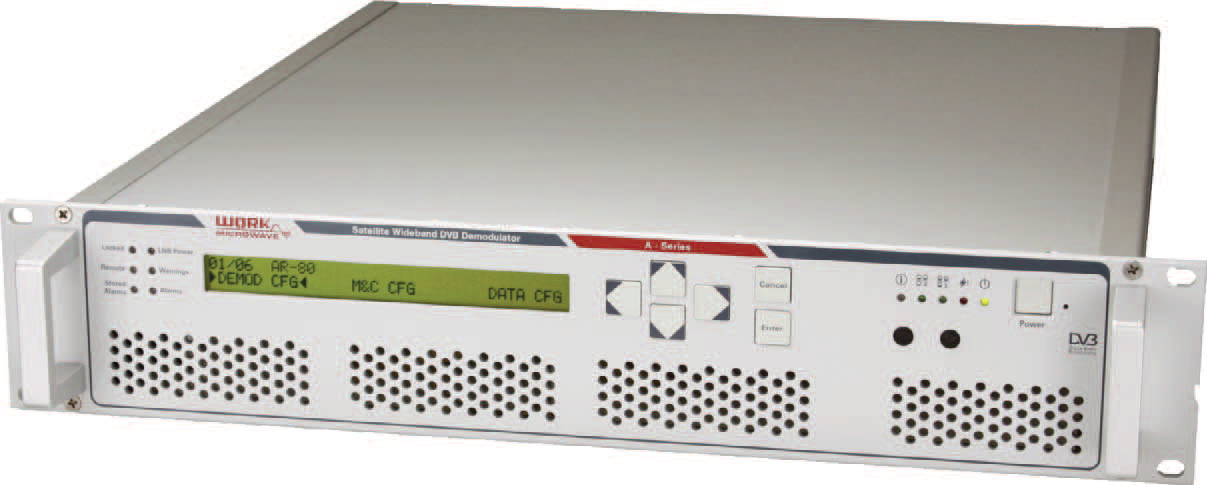During the next few years, optical communication technology is expected to play a critical role in near Earth and deep space missions. Optical ground stations have emerged as an effective solution for mission operators and service providers who are facing a global gridlock in optical downlinks as they provide a solution to the chicken or the egg dilemma: The lack of available ground stations has prevented the industry from developing spacecraft with optical downlinks. Due to a lack of demand, no optical ground stations have been developed.

As a leading provider of RF electronics technologies for the SATCOM industry, WORK Microwave is helping to navigate this transformation, providing ground station operators with one of the world’s first multi-mission support solutions capable of receiving, transmitting, and processing optical communication signals.
Benefits of Optical Technology For EO
The main strengths of optical technology for EO applications include higher throughput per communication window, the absence of regulatory issues and secure communication.
For remote sensing missions, optical communication has the potential to outperform RF links. That’s because EO data is not real-time critical and does not depend on downloading data to a particular Earth station. Rather, it communicates with a global network. In the future, deciding whether to use optical or RF will be based on which option provides the higher throughput.
Using an optical ,multi-mission receiver, operators can target up to approximately 10 Gbps with a single link and that number is likely to increase in the future. It will be difficult for RF to follow the same track for throughput growth. However, RF still provides signal robustness and, therefore, a higher service availability, which leaves room for both applications.
 Kongsberg Satellite Services (KSAT) optical ground station installed
Kongsberg Satellite Services (KSAT) optical ground station installed
in January 2021 in Greece.
Built from scratch, an optical receive station might even be more cost-effective than a comparable RF ground station, but that’s assuming it reaches industrial scale. Currently, the industry lacks wider commercial numbers to support that estimation.
Potential Challenges Using Optical Technology
A challenge of using optical communication technology is that the optical signals may have difficulty passing through clouds. The experience with the atmosphere and operational aspects are quite limited at this point. Hence, an optical ground station should ideally be located at a site commonly known for clear skies. More information will be available following the first missions.
In addition, a standard for signal waveforms and coding is still needed. One is currently being developed by the Consultative Committee for Space Data Systems (CCSDS). For different applications, there will be different solutions. However, similar to DVB, only a widely accepted standard can guarantee interoperability and will benefit the industry across the entire value chain.
As with every early development, optical technology is speculative and based on market assumptions for the commercial side and communication theory for the technical side. Yet, there is a pioneering spirit that is driving the industry forward into unexplored territory.
Potential Applications
Optical communication technology is an opportunity for commercial and scientific mission operators as well as ground station service providers.
An initial application where optical communication is expected to provide value is for the reception of remote sensing data to Earth, as the industry has more experience with the technology and commercial availability of required components. Once a wider ground station network is established, there are also communication applications on the horizon, such as uplinks and downlinks from and to gateway stations. In this scenario, the consumer end is supported by the RF Ka-band and the gateway end is optical.

WORK Microwave’s AR-80 OPT receiver.
Optical communication can also be directly used for missions, not only payload data. If immediate access is not required, the mission could be completely optical and save operators significant costs. This can be especially interesting for smallsat missions that possess tight budgets, as everything can operate over a single space terminal.
The Tesat T-OSIRIS, an optical space, infrared downlink system, will soon to be mounted on ISS's Bartolomeo platform, enabling all kinds of user data from the station to be sent over an optical link with up to 10 Gbps.
Another example of optical communication technology being deployed in the real world is by Kongsberg Satellite Services (KSAT). KSAT is currently building a commercial optical ground station in Greece (photo, lower left, courtesy of KSAT). This represents the first time a commercial company has built an optical ground station with the intention of integrating it in a multi-mission network operation. Prior to KSAT’s deployment, optical ground stations were only experimental in origin. KSAT’s new optical ground station will enable automatic and remote operations, as well as the capability to support multiple missions to optimize costs.
Future Evolutions
In the future, optical technology will be used more and more for missions, providing higher throughput and secure communication. After initial deployments, we expect it will also find its way into commercial satellite communication for professional use cases, such as feeder links and direct gateway connections. Furthermore, the strong security capabilities of optical technology make it a good option for military communication.


WORK Microwave is pioneering this transformation with the AR-80-OPT Optical Multi-Mission Receiver, the industry’s first optical receiver that combines a high-performance RF modem with next-generation optical signal processing. Offering multi-mission support, the AR-80 guarantees evolutionary extensions for the upcoming CCSDS standards on the same device. This makes the receiver a no-risk solution for establishing ground stations today all the while supporting future applications that have yet to be defined.
work-microwave.com
Author Jörg Rockstroh is the Director of Business Development and Digital Products at WORK Microwave.

